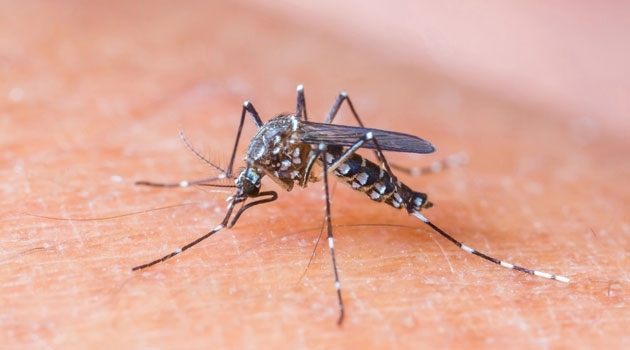Temperate insects vulnerable to climate change
In previous research, it has been assumed that insects in temperate regions would cope well with or even benefit from a warmer climate. Not so, according to researchers from the Universities of Uppsala and Lund in Sweden and Oviedo, Spain, in a new study. The earlier models failed to take into account the fact that insects in temperate habitats are inactive for much of the year.
The research group’s study, published in the journal Scientific Reports, presents new knowledge about the potential effects of global warming on insect populations. The results show that insects may be more threatened by climate change than previous estimates have indicated.
“Insects in temperate zones might be as threatened by climate change as those in the tropics,” says Uppsala University professor Frank Johansson.
The researchers found new, disturbing patterns in a modified analysis of a previously used dataset on insects’ critical temperature limits and their survival. Their conclusion is that temperate insects might be just as sensitive to climate change as tropical ones. The previous studies showed that tropical insects are severely threatened by climate change since they already live very close to their optimal temperature and “critical thermal maximum”. However, the scientists responsible for those previous studies also assumed that temperate insects live far below their own optimal and maximum temperatures, and might therefore benefit from climate change.
Remain inactive in cold periods
The problem is that the earlier studies used mean annual temperatures for all their estimates. In so doing, they failed to consider that the vast majority of insects in temperate latitudes remain inactive in cold periods – that is, for much of the year.
When more biological details about the various insect species, and only the months in which the species are active, are entered in the models, the new estimates show that in temperate insects’ habitats, too, the temperatures are close to the insects’ optimal and critical maximum. This is because the average temperature for the months when the insects are active clearly exceeds the mean year-round temperature. Temperate insects are thus as vulnerable as tropical species to temperature increases
When the temperature is close to insects’ optimal temperature or critical upper limit, there is a great risk of their numbers declining. The decreases in insect populations would also affect humans, since many insect species provide ecosystem services, such as pollination of fruit, vegetables and other plants we eat.
Linda Koffmar
Publication
Johansson, F., Orizaola, G. & Nilsson-Örtman, V. Temperate insects with narrow seasonal activity periods can be as vulnerable to climate change as tropical insect species. Scientific Reports 10, 8822 (2020). https://doi.org/10.1038/s41598-020-65608-7

